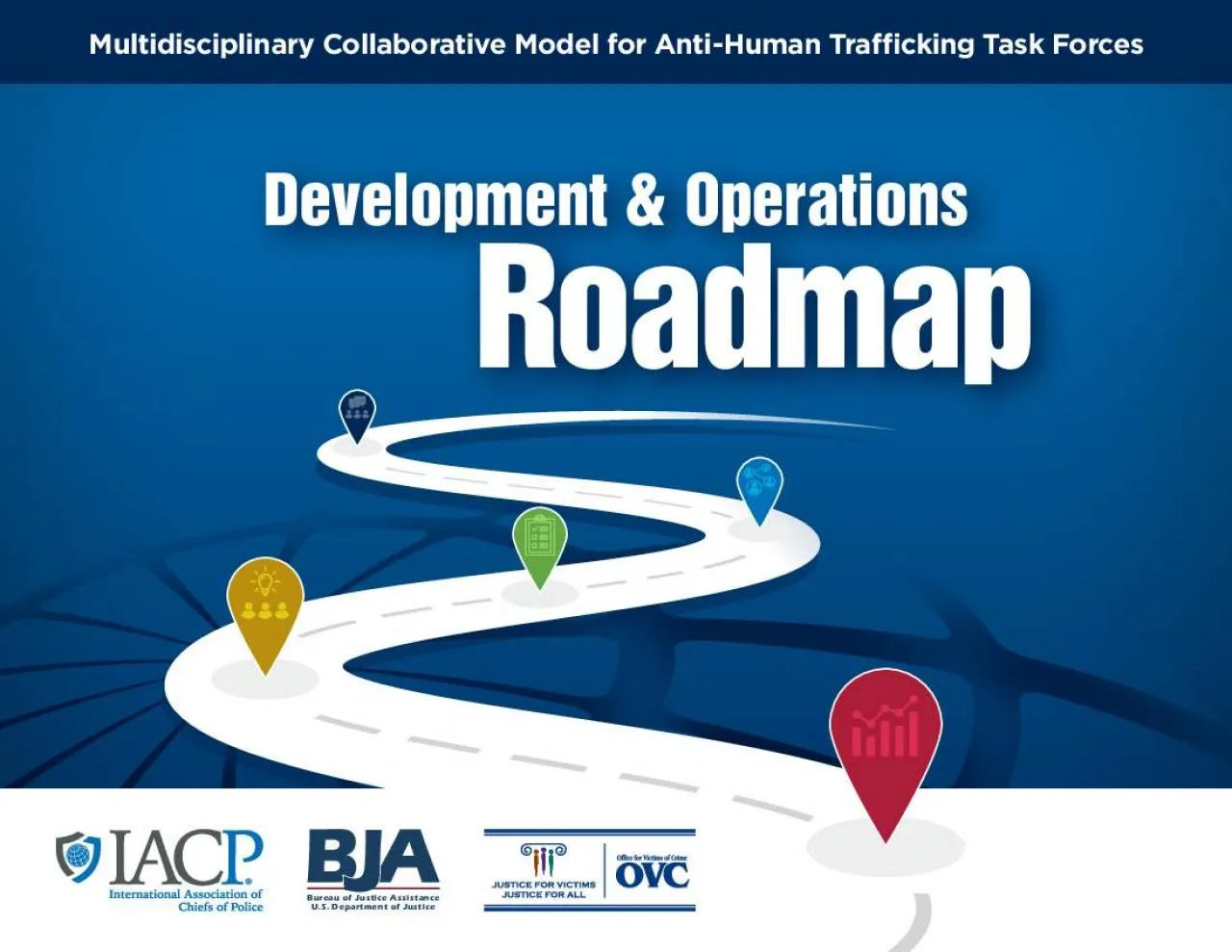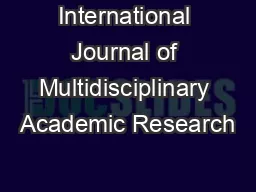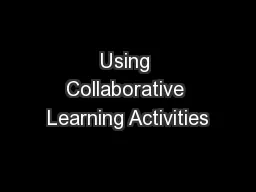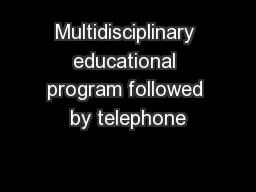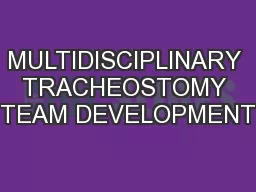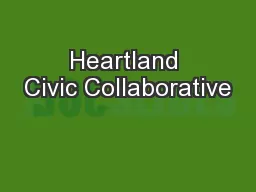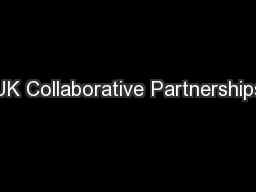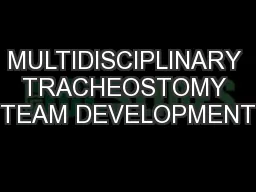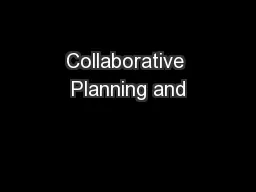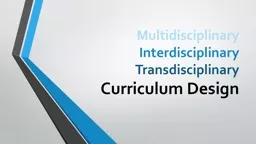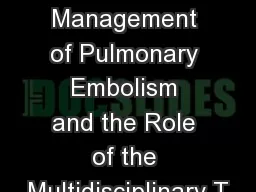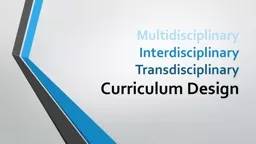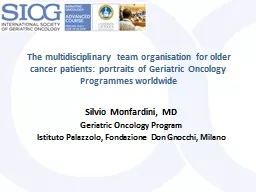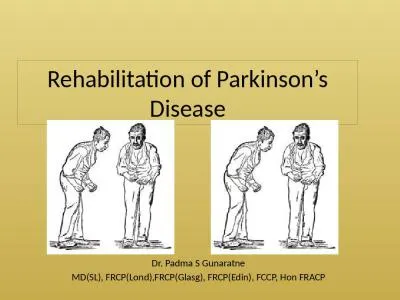PDF-Multidisciplinary Collaborative Model for AntiHuman Tra31cking Task F
Author : anya | Published Date : 2021-10-11
Development Operations RoadmapBureau of Justice AssistanceUS Department of Justice2AcknowledgementsA special thank you to those who were instrumental in the coordination
Presentation Embed Code
Download Presentation
Download Presentation The PPT/PDF document "Multidisciplinary Collaborative Model fo..." is the property of its rightful owner. Permission is granted to download and print the materials on this website for personal, non-commercial use only, and to display it on your personal computer provided you do not modify the materials and that you retain all copyright notices contained in the materials. By downloading content from our website, you accept the terms of this agreement.
Multidisciplinary Collaborative Model for AntiHuman Tra31cking Task F: Transcript
Download Rules Of Document
"Multidisciplinary Collaborative Model for AntiHuman Tra31cking Task F"The content belongs to its owner. You may download and print it for personal use, without modification, and keep all copyright notices. By downloading, you agree to these terms.
Related Documents

